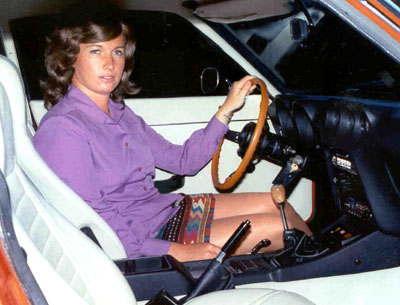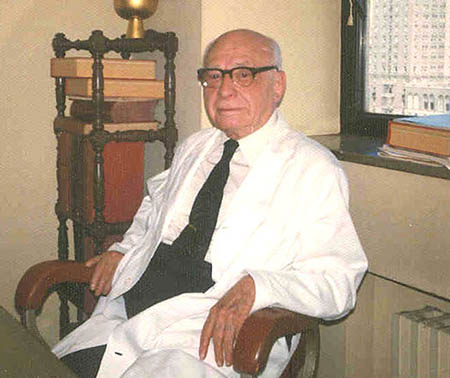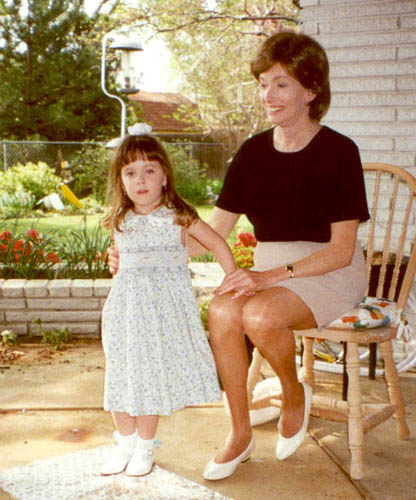|
- i. Preface
- ii. My
Personal Background
- iii. Dedication
- iv. Contents
-
- [go
to PART I] , [go to
PART II] , [go to
PART III] , [go to
PART IV] , [go to
PART V] , [go to PART VI]
-
-
- PART
I: CHILDHOOD AND EDUCATION
-
- 1. Early Childhood
- Bliss
- The Nightmare Begins
- Dreams
- 2. Education
- Public School Years
- M.I.T.
- My Early Transition Attempt
- What am I to do?
- Columbia University
- Loneliness, Companionship, Responsibility
- Time to go to work
-
- PART
II: EARLY CAREER THROUGH TRANSITION
-
- 3. IBM Research &
IBM-ACS
- The ACS Project
- Dynamic Instruction Scheduling
- The Sweet Time - an Illusion of Normalcy
- Evolving the ACS-1 Machine
- Designing the ACS Design Process
- Personal Failure and Angst
- Climbing
- Help Appears Just In Time
- Confronting Reality
-
- 4. Transition
- Project Cancellation!
- Suddenly, I'm Fired By IBM
- Completing my TS transition
- Looking for a new job
-
- PART
III: STARTING OVER
-
- 5. Starting All Over
Again
- Memorex Corporation
- Restarting my Engineering Career and my social life
- The Memorex 7100
- The Memorex 30 Team
- Having Fun
- The 4004 Appears
- Project Cancellation!
- What Next?
-
- 6. Xerox PARC
- The SIERRA Project
- SIERRA Aftermath
- Formation of the VLSI System Design Area at PARC
- The idea of "designing design methods"
- But then, what to do with "the methods"?
- A death in the family
- The idea of writing "the book"
- Our secret weapons: the Alto, Ethernet, Laser Printers and
Arpanet
- The crash effort begins
-
-
- PART
IV: ON TO SUCCESS
-
- 7. M. I. T.
- The '78 VLSI System Design Course
- The Results
-
- 8. Back at PARC
- Serious "push back" from the establishment begins
- The idea of MPC79
- Running MPC79: The Network Adventure
- Then suddenly, success!
- The DARPA VLSI Program
- The VLSI Startups
- MPC Technology Transfer to Start the MOSIS Service
- Mead and Conway: collaborators and antagonists
- Memories of ACS-1 remain alive
- The Question of Love
- Reflections on PARC
- Formation of the Knowledge Systems Area at PARC
- Explorations in Knowledge Programming and Collaboration Technology
- Time to Move On?
-
-
- PART
V: MOVING ON AND GETTING A LIFE
-
- 9. DARPA
- The Strategic Computing Initiative
- The SCI Team and the Planning Process
- SCI Program Technology and Methods
- Changing Habits
- Professional Recognition
- Reconnecting with Kelly and
Tracy
- Moving to Michigan
-
- 10. University of Michigan
- The North Campus Expansion
- Kelly and Tracy Visit
- Getting a Life
- Robotics and Tele-autonomous Systems
- Visual Communications and Control
- The Question of Adventure
- It's Time to Reflect
-
- 11. A Footnote
-
- 12. A Reflection
-
- PART
VI: EPILOGUE
|







